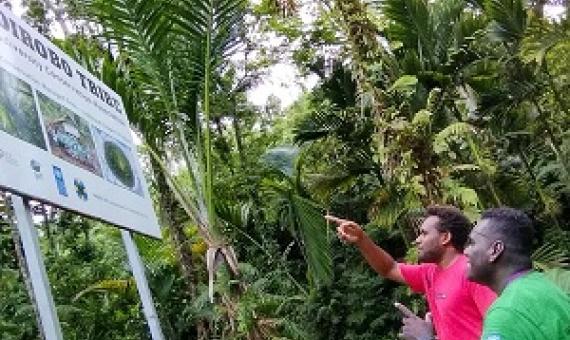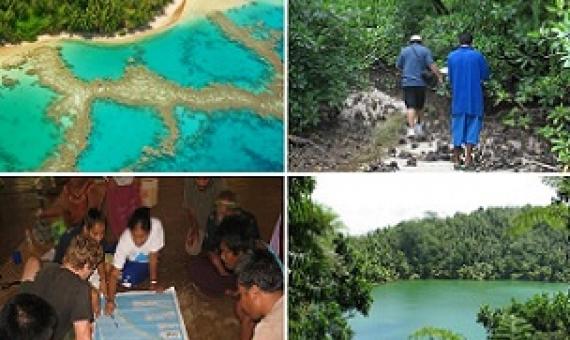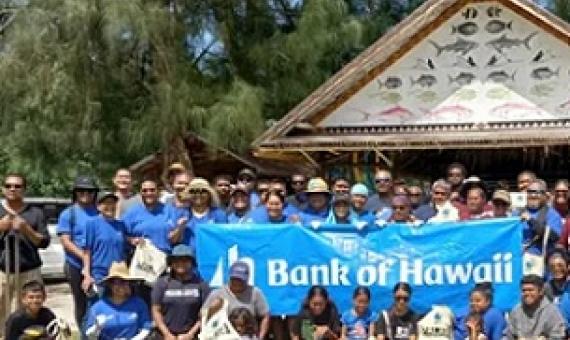A ceremony near the remote community of Tjuntjunjara has celebrated the dedication of Anangu Tjutaku Indigenous Protected Area, Australia’s third largest Indigenous Protected Area.
World Database on Protected Areas
The World Database on Protected Areas (WDPA) is the most comprehensive global database of marine and terrestrial protected areas, updated on a monthly basis, and is one of the key global biodiversity data sets being widely used by scientists, businesses, governments, International secretariats and others to inform planning, policy decisions and management.
IUCN WCPA Technical Note - IMPROVING PROTECTED AND CONSERVED AREA MANAGEMENT TO SAFEGUARD ECOLOGICAL INTEGRITY AND MINIMISE ZOONOTIC DISEASE RISK
This Technical Note provides advice to managers of protected and conserved areas1 (PCAs) for applying a ‘One Health’ approach for the benefit of environmental, animal, and human health.
The Foirobo Tribe Biodiversity Conservation Association (FTBCA) in the Baegu region of North East Malaita launched its conservation project supported by the GEF Small Grants Programme.
The goal to effectively manage protected and conserved areas in the Pacific has taken an important step forward with the soft launch of the Comparative Analysis of Protected Area Management Effectiveness (PAME) evaluation tools for the region. PAME Evaluations are tools to assess how well pr
Concerns have been raised by the Colo-i-Suva Parks and Reserves team on the amount of household rubbish discarded by visitors in the forest park.
The effects of protected areas on the ecological niches of birds and mammals
Protected areas are a cornerstone for biodiversity conservation, and typically support more natural and undisturbed habitats compared to unprotected lands. The effect of protected areas on intra-specific ecological niche has been rarely investigated. Here, we explore potential differences in ecological niche properties of birds and mammals across protected and unprotected areas, and relate such differences to species traits.
On their 125th anniversary, Bank of Hawaii reached out to Palau Conservation Society with interest to plant trees to mark the Bank’s significant milestone. With 100 saplings donated from the Division of Forestry, 250 saplings donated from Ngardok Nature Reserve along with 26 volunteers
Video - National Protected Areas Forum highlights 2021, Papua New Guinea
The aim of the National Protected Areas Forum was to fulfill mandates and strengthen policies to protect the country’s abundant natural assets into the future to benefit all life and future generations. Led by the Conservation and Environment Protection Authority (CEPA) with support from the United Nations Development Programme (UNDP).
Strengthening the management of protected areas across the country can help save this most exceptional level of species diversity into the future.












